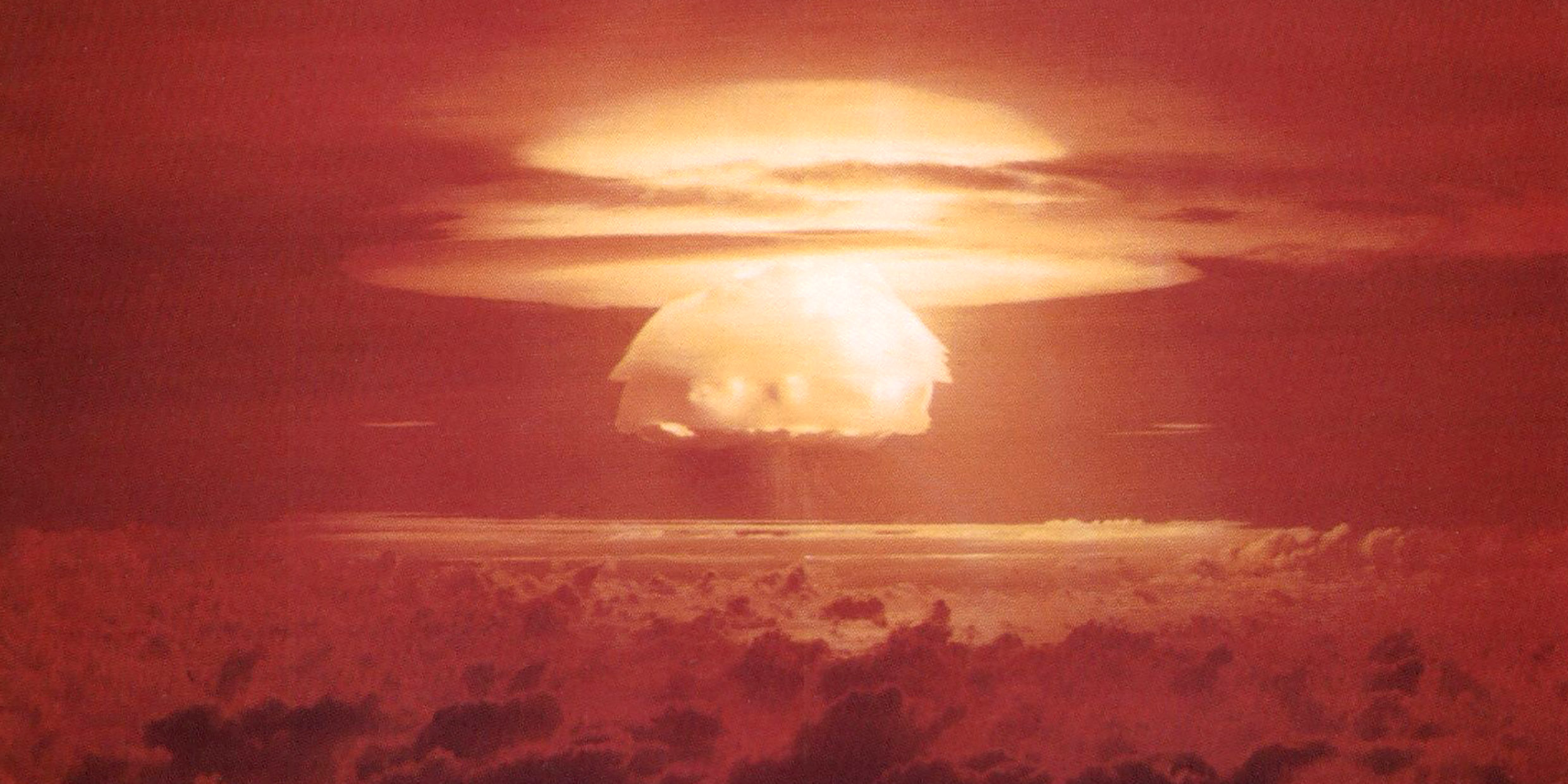Originally published 12 March 1990
Two stories in a [January 1990] issue of the journal Science ask us to consider the robustness of life.
Story No. 1 is the return of TTAPS.
TTAPS is an acronym for Turco, Toon, Ackerman, Pollack, and Sagan, names of the authors of the controversial concept of nuclear winter.
TTAPS first appeared on the scene in 1983 with a paper in Science on the global atmospheric consequences of nuclear war. The five scientists claimed that a nuclear exchange between the superpowers would have devastating consequences beyond the direct effects of blast and radiation. Smoke and dust injected into the atmosphere by nuclear explosions would plunge the planet into cold and darkness, disrupting agriculture and the normal food chain. Deaths from famine might exceed those from the blasts themselves.
Now TTAPS are back again with a reappraisal of their original conclusions, after five years of laboratory studies, field experiments, and refinements of the computer programs that simulate climate change. They believe the gist of their original conclusions about nuclear winter have been affirmed, and they indicate several new environmental disruptions that might result from nuclear war.
Global disaster
The nuclear arsenals of the United States and Soviet Union now hold about 25,000 strategic warheads carrying roughly 10,000 megatons of explosive energy. An average airburst is capable of igniting more than 100 square miles of area. In some nuclear war scenarios, half of the total urbanized area of the United States would go up in smoke, along with vast tracts of farmland and natural vegetation. Gases from burning plastic would be toxic. Within a week this smoke would be carried throughout the Northern Hemisphere. Several weeks later even Australia would be affected.
The new studies summarized by TTAPS indicate that smoke from a nuclear exchange would be thicker and stay in the atmosphere longer than previously estimated, but expected temperature drops are somewhat less than the earlier predictions. TTAPS now say that temperatures would fall 10 to 20 degrees Centigrade (18 to 36 degrees Fahrenheit) in northern mid-latitudes, with sub-freezing summer temperatures in some localities.
TTAPS also point to a dangerous reduction of the ozone layer that might follow a nuclear exchange. Twenty days after a full-scale attack, the ozone layer in the Northern Hemisphere could be reduced by half. When the smoke finally cleared, surviving organisms would be exposed to double the doze of harmful ultraviolet solar radiation.
It is not inconceivable that the combined effects of blast, fire, radiation, smoke toxicity, famine, and ozone depletion in an all-out nuclear war might cause the extinction of some susceptible species of animals and plants. The most pessimistic pundits have imagined the extinction of the human species.
Which brings us to report No. 2 and the archaebacteria.
Writing in the January 12, 1990 issue of Science, reporter Robert Pool describes a kind of unusual bacteria that thrives in conditions that would be fatal to all other organisms. If we are foolish enough to detonate 25,000 nuclear warheads, these resilient creatures would no doubt survive unscathed to welcome the post-apocalypse world.
Hardy microorganisms
Carl Woese of the University of Illinois recognized the uniqueness of this collection of organisms in 1977. Because they flourish in the harsh conditions that might have existed on the early Earth he named them archaebacteria, or “primitive bacteria.” It now turns out that they may not be so primitive after all, but every day brings new information about their remarkable ability to adapt.
One favorite haunt of archaebacteria is sulfur-rich hot springs, such as those at Yellowstone, and bubbling volcanic vents on the sea floor. Some archaebacteria are comfortable at temperatures well above the boiling point of water.
Ordinarily, proteins and DNA are broken apart at temperatures above 60 or 70 degrees Centigrade. Certain archaebacteria can go double that and survive, and chemists are still trying to figure out how they do it.
Other archaebacteria live in water 10 times saltier than the oceans. Very salty water is usually fatal to organisms because it draws water out of cells. Some archaebacteria live happily in evaporation ponds where salt is harvested from sea water. There are archaebacteria that make themselves at home in lakes and ponds as alkaline as household ammonia and others that prefer environments more acidic than gastric acid.
Still other are barophiles, “lovers of pressure.” They grow in the deepest trenches of the sea, at pressures that would crush a normal submarine.
Archaebacteria demonstrate the elasticity of the environmental envelope for life. From the cold, crushing depths of the oceans to the bubbling sulfur pools of Yellowstone to the baking salt pans of the tropics, life can and does survive.
There is in all of this a somber but (mildly) reassuring lesson. No imaginable apocalypse is likely to sound the death knell for all life on Earth. We may have created the conditions for our own extinction — and certainly for the extinction of civilization as we know it — but for certain of the planet’s inhabitants, a nuclear war may be no more severe than a passing cloud on a summer’s day.
Since this essay was first written, archaebacteria, now known as archaea, have been reclassified into their own taxonomic Domain separate from all other microorganisms due to their unique characteristics. ‑Ed.



